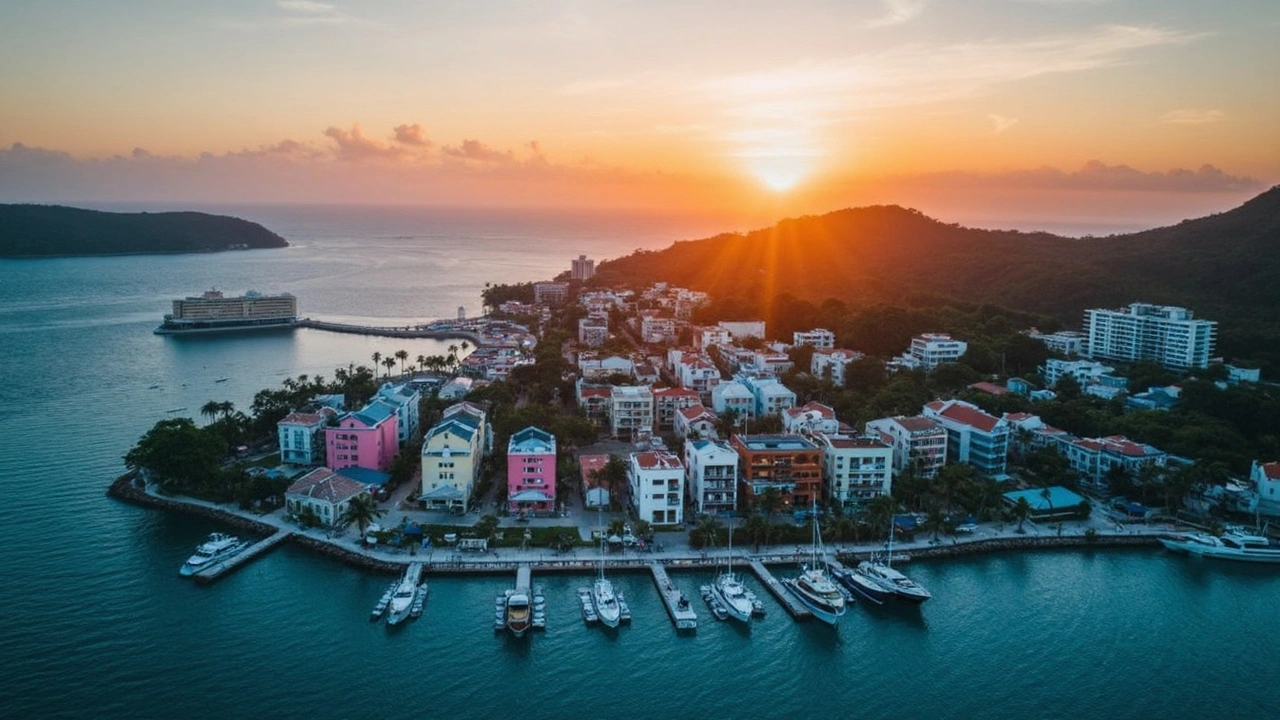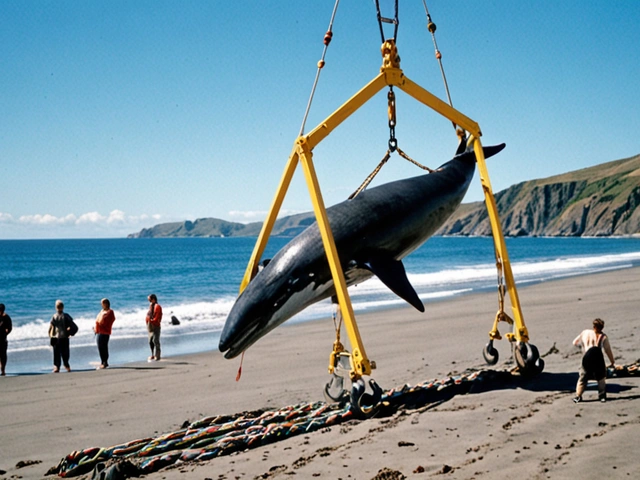Cultural attractions: how to pick the best ones and enjoy them
Most museums and heritage sites pack in visitors between 10am and 2pm. Want quieter rooms and better photos? Show up at opening or late afternoon. That simple timing trick changes the whole visit.
Cultural attractions mean different things: museums, historic neighborhoods, living festivals, sacred sites, and even local markets. Each needs a different approach. Museums ask for time and focus. Festivals need planning for crowds and transport. Sacred sites require respectful dress and behavior. Know what you’re walking into before you go.
Quick planning tips
Start with online hours and ticket rules. Buy timed-entry tickets when available to skip queues. Look for student, senior, or local discounts — many African museums offer lower rates for residents. If a site has guided tours, join one on your first visit; guides point out details you’d miss and shorten your learning curve.
Pack light: a small day bag, water, sunscreen, and a power bank for your phone. Bring a printed copy of any confirmation or a screenshot — some places get spotty mobile service. For historic towns like Stone Town in Zanzibar or Lalibela’s rock churches, comfortable shoes make a huge difference.
Timing matters for weather and events. In many African cities the hottest hours are midday; aim for indoor attractions then and save outdoor walking for mornings or evenings. Check local calendars for festivals like Timkat in Ethiopia or FESPACO in Ouagadougou — they’re incredible but need early accommodation booking.
How to behave and get more from the visit
Ask before you photograph people or certain interiors. Many sacred spaces discourage photos; staff will tell you. Dress modestly at religious sites: a scarf or light cover-up is an easy fix. If you hire a local guide or buy from a stall, tip fairly — small payments help local communities and often earn you better stories and hidden spots.
Connect attractions into a short route. For example: morning at a major museum, lunch at a nearby market, then a guided walk through an old quarter. That keeps pace steady and gives different cultural layers in one day. Use public transport or ride apps where safe; in many African cities a shared minibus or matatu ride is part of the experience but check recent safety updates first.
Accessibility and safety: call ahead if you need ramps or assistance—many places can accommodate with notice. Keep valuables secure and use hotel safes when you can. Late-night visits to open-air markets or neighborhoods are fine in some cities but avoid unknown areas after dark.
Want a quick list to start? Consider visiting the Egyptian Pyramids for history, Robben Island for modern political memory, Lalibela for unique rock churches, and Cape Town’s District Six Museum for community stories. Add a local festival if your dates match — nothing beats seeing traditions live.
Pick one attraction that excites you, plan logistics, and leave room to wander. That mix—one must-see plus some unscripted time—makes cultural visits memorable and stress-free.
Mexico Surges Ahead in Tourism, Outshining the Americas and Caribbean with Unmatched Growth
By Sfiso Masuku On 3 Jul, 2025 Comments (17)

Mexico has taken the lead in tourism across the Americas and Caribbean, leaving countries like Canada and the Dominican Republic behind. Its mix of affordable travel, connectivity, and diverse attractions draw more global visitors every year, backed by strong government and investor support.
View More




